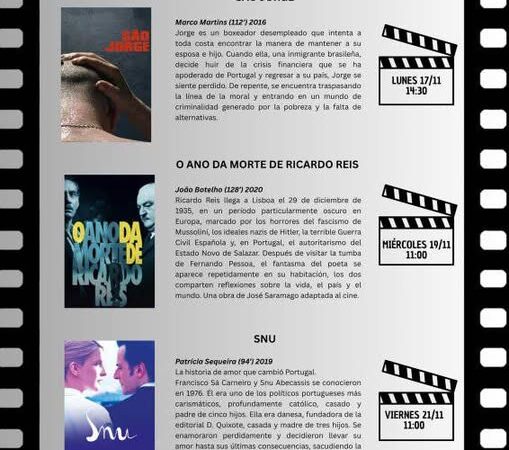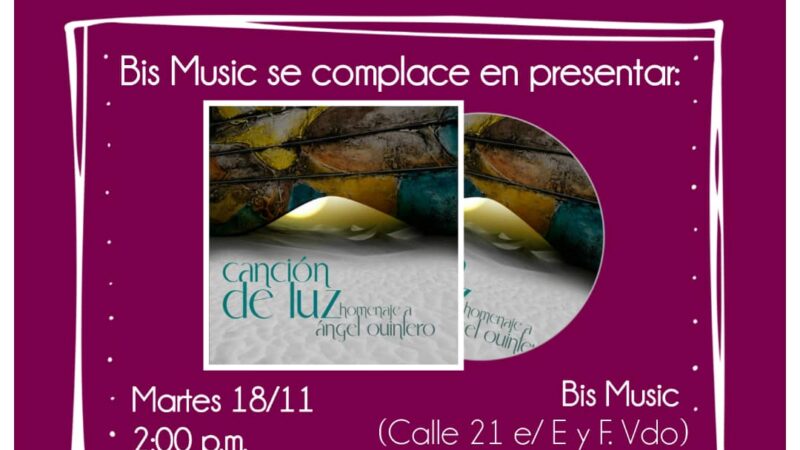Ecuadorian hats and a collective exhibition dedicated to Servando Cabrera to display in Havana halls
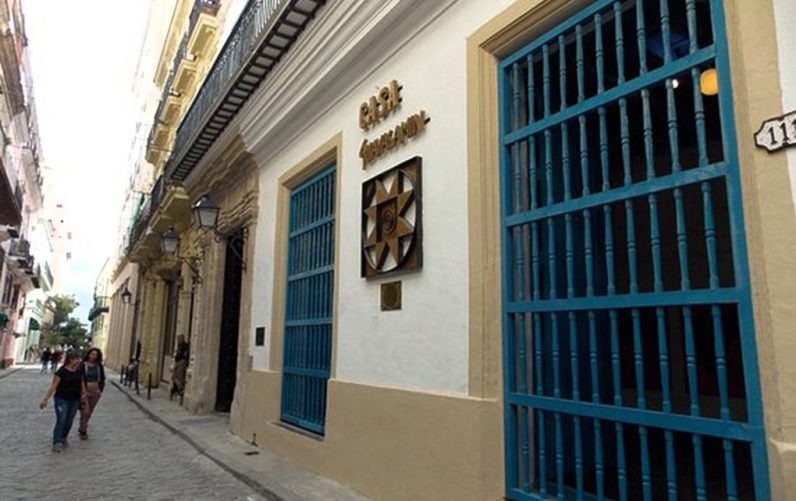
In these hot days of July, when the Rutas and Andares families are touring Old Havana, two buildings invite visitors to see interesting exhibitions that can be visited during the summer.
The Oswaldo Guayasamín House displays Ecuadorian hats, handmade pieces of toquilla straw, one of the most famous accessories of this type internationally. Its weaving is thousands of years old and was declared World Heritage by Unesco on December 5, 2012.
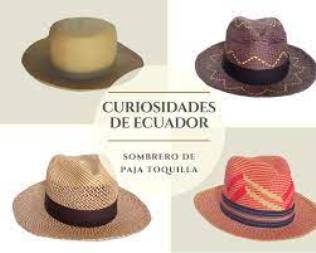
The toquilla straw hat -also called the Panama hat- originates from Montecristi and Jipijapa, cities in Manabí, Ecuador.
It owes its name and fame to the importance it gained during the construction of the Panama Canal, when thousands of hats were imported from the South American country for the use of construction workers. It is said that when Theodore Roosevelt, president of the United States from 1901 to 1909, visited the canal, he wore this hat, which increased its popularity.
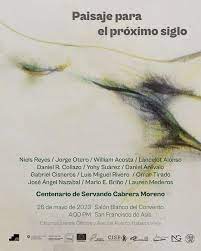
The Oswaldo Guayasamín House also exhibits a vase of pre-Columbian art used by these cultures for ceremonial, ritual or utilitarian functions; there is also a collection of Ecuadorian banknotes and coins.
In another building in Old Havana, the White Hall of the Convent of San Francisco de Asis, is the collective exhibition Paisaje para el próximo siglo, organized by the Los Carbonell Foundation and the Young Art Fund curated by Sandra García and Neida Peñalver, the exhibition is a tribute to Servando Cabrera Moreno on the 100th anniversary of his birth.
Through the work of emerging figures in Cuban art that, in one way or another, feel the great influence of the maestro in their work, the exhibition appeals to the different facets of a figure as versatile as it is complex.
Translated by Luis E. Amador Dominguez


